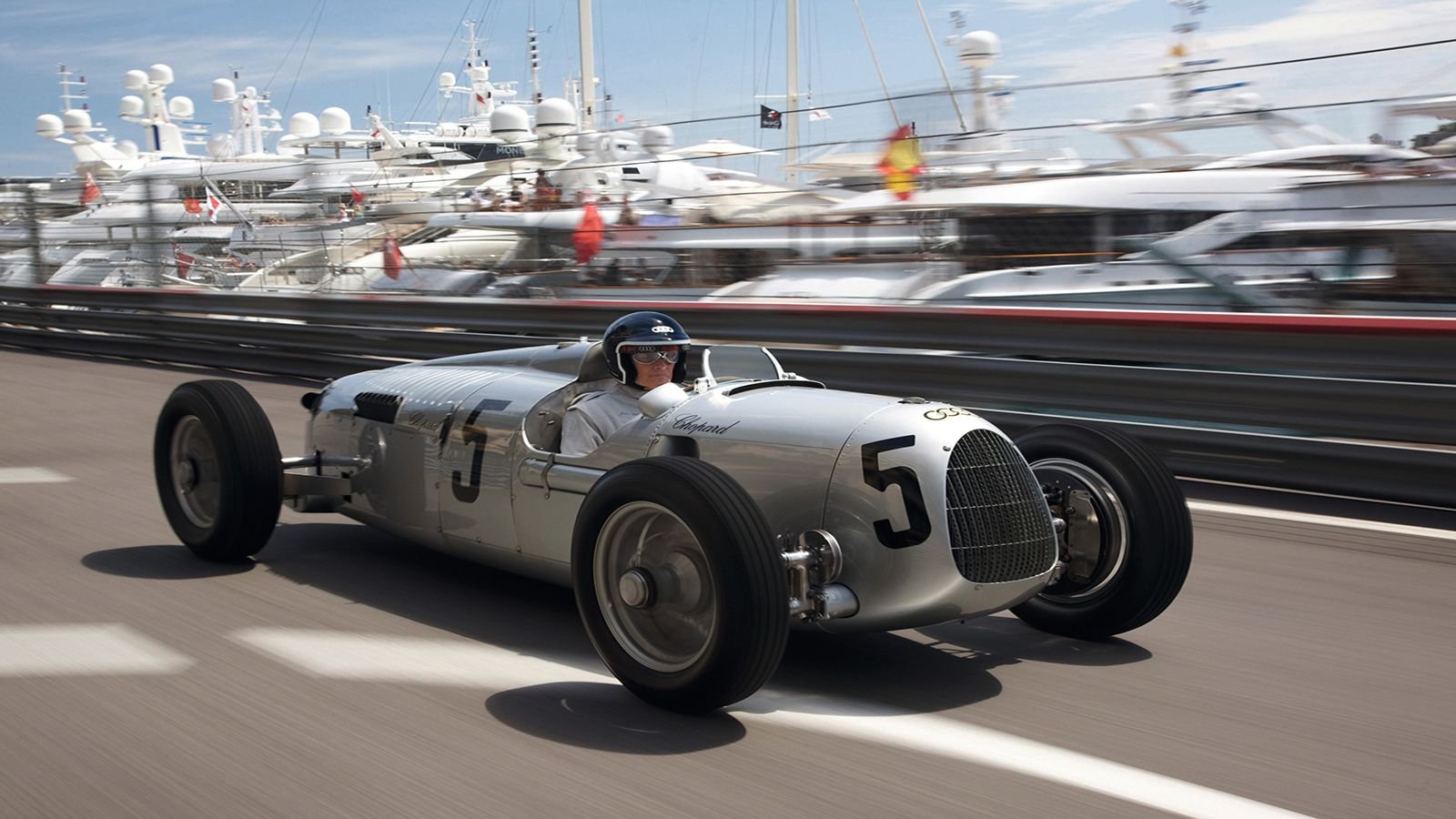Auto Union Explains Audi's Obsession with Tech
Auto Union initiated the aluminum and aero obsession which continues with Audi to this very day.














Those four rings go way back
Before the automaker became known as Audi it was Auto Union. In the 1930s, Auto Union would become one of the world's most advanced automotive companies of the time. Its engineers were highly experimental and through a dedicated racing program, these original Auto Unions launched the technology curve that would mature into Audi's very successful contemporary road car portfolio.
Advanced way beyond their era
Grand Prix cars were to define Auto Union's legend for decades to come. During the 1930s, these cars dominated global automotive racing. They were produced in variants A-to-D, with the Type-C cars being especially significant.
>>Join the conversation about tech and Audi models going hand in hand right here in Audiworld.com.
Striking lines - for a reason
Deeply influenced by the aviation industry and its relationship with lightweight materials, Auto Union realized that aerodynamics was an important aspect of performance. The result was cars that looked slick and aerodynamic, even by contemporary standards.
>>Join the conversation about tech and Audi models going hand in hand right here in Audiworld.com.
Skinny wheels balanced by independent suspension
The Type-C Auto Union was powered by a massive engine, unprecedented for its time in terms of complexity. To balance this large V16 engine, was a four-wheel independent suspension, unlike most other vehicles of the time that featured live-axles.
>>Join the conversation about tech and Audi models going hand in hand right here in Audiworld.com.
An engine of pure mechanical art
The 6-liter V16 engine was a marvel of mechanical engineering for the time. It produced 550hp, thanks to a roots-type supercharger. The engine would later lose four-cylinder, and reduce capacity, to adhere to racing regulations, which changed in 1938. Proving how trackable these original Auto Union racing engines with a lap was done by Bernd Rosemeyer around the Nurburgring in one gear without ever-shifting.
>>Join the conversation about tech and Audi models going hand in hand right here in Audiworld.com.
Looks like a classic watch inside
Although these 1930s racing cars might appear crude by modern standards, they set excellent ergonomic principles. Audi is celebrated for its inspired use of aluminum and a great deal of that material sensibility can be traced back to these Auto Union racers. The cabin used aluminum panel shapes and aviation-inspired riveting.
>>Join the conversation about tech and Audi models going hand in hand right here in Audiworld.com.
Paving the way for Audi's aero awareness
The Auto Union racers set very solid technology foundations for Audi. Its use of aviation-grade aluminum is something that has never changed since, with Audi always innovating in terms of using the lightweight material. Aerodynamic efficiency was another aspect from the Auto Union racers which has endured. The Auto Union team had enough foresight to use advanced wind-tunnel testing in the 1930s, engaging with the German Institute for Aerodynamics, which is still operational, even today.
>>Join the conversation about tech and Audi models going hand in hand right here in Audiworld.com.
For help with your do-it-yourself maintenance or repair project, please visit our how-to section in the forum
